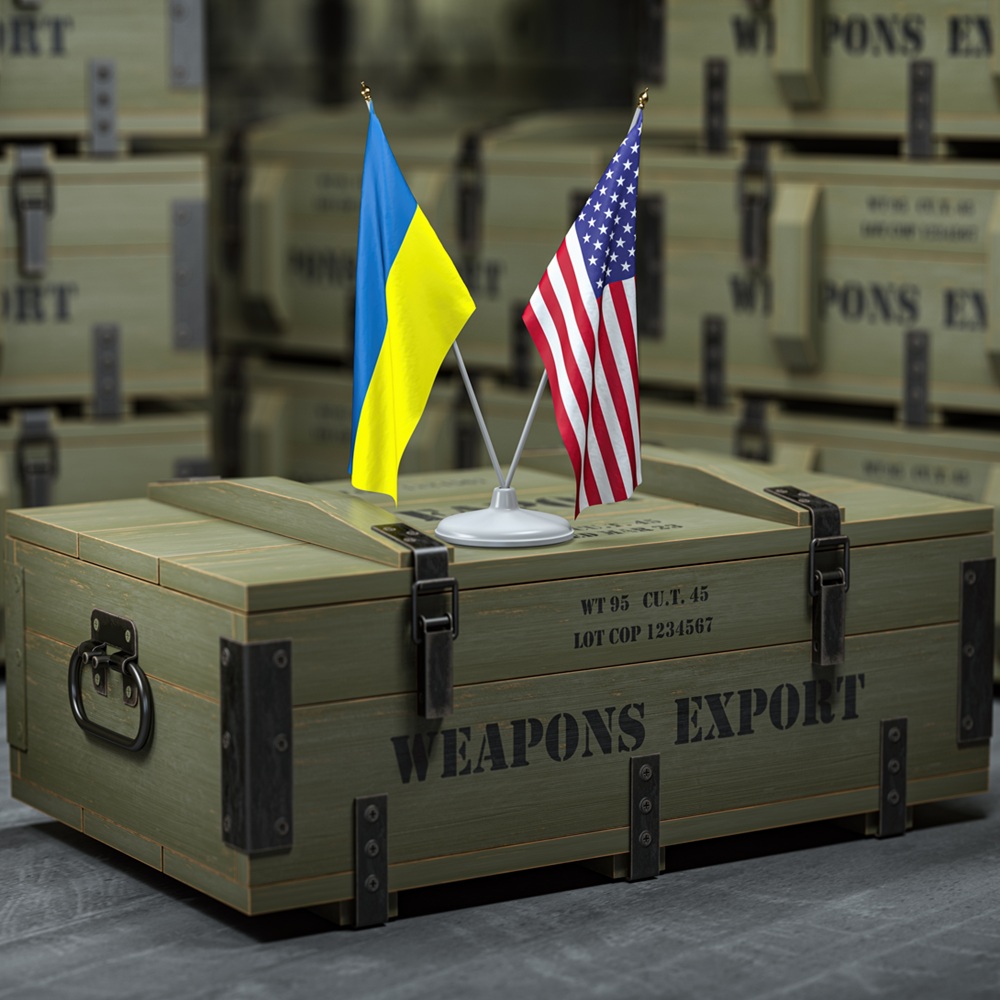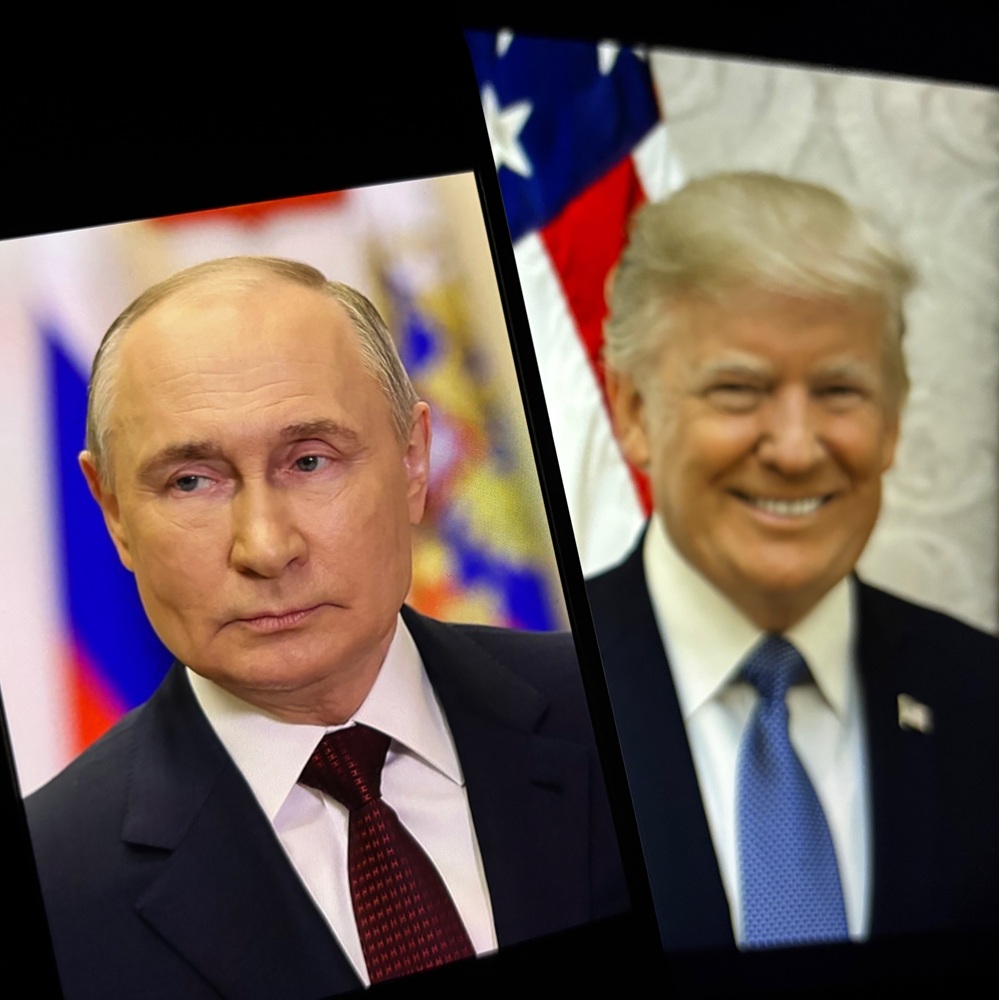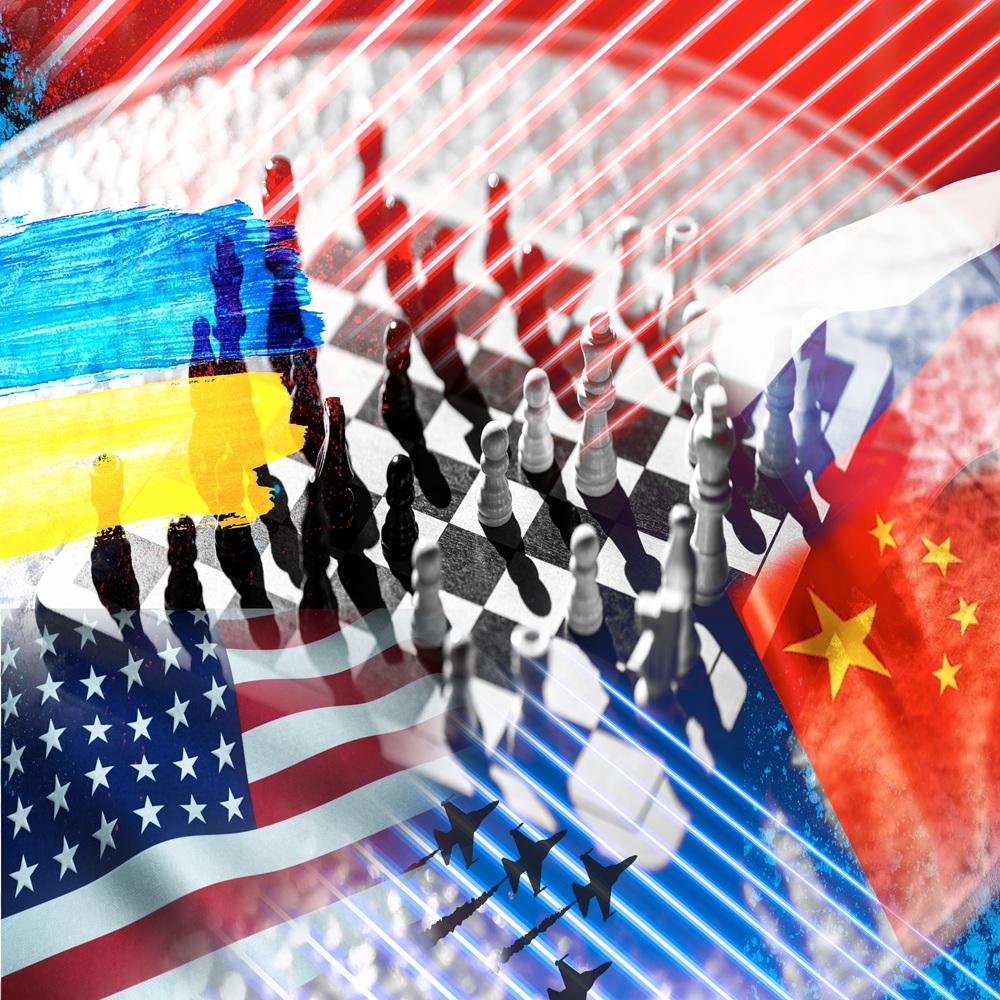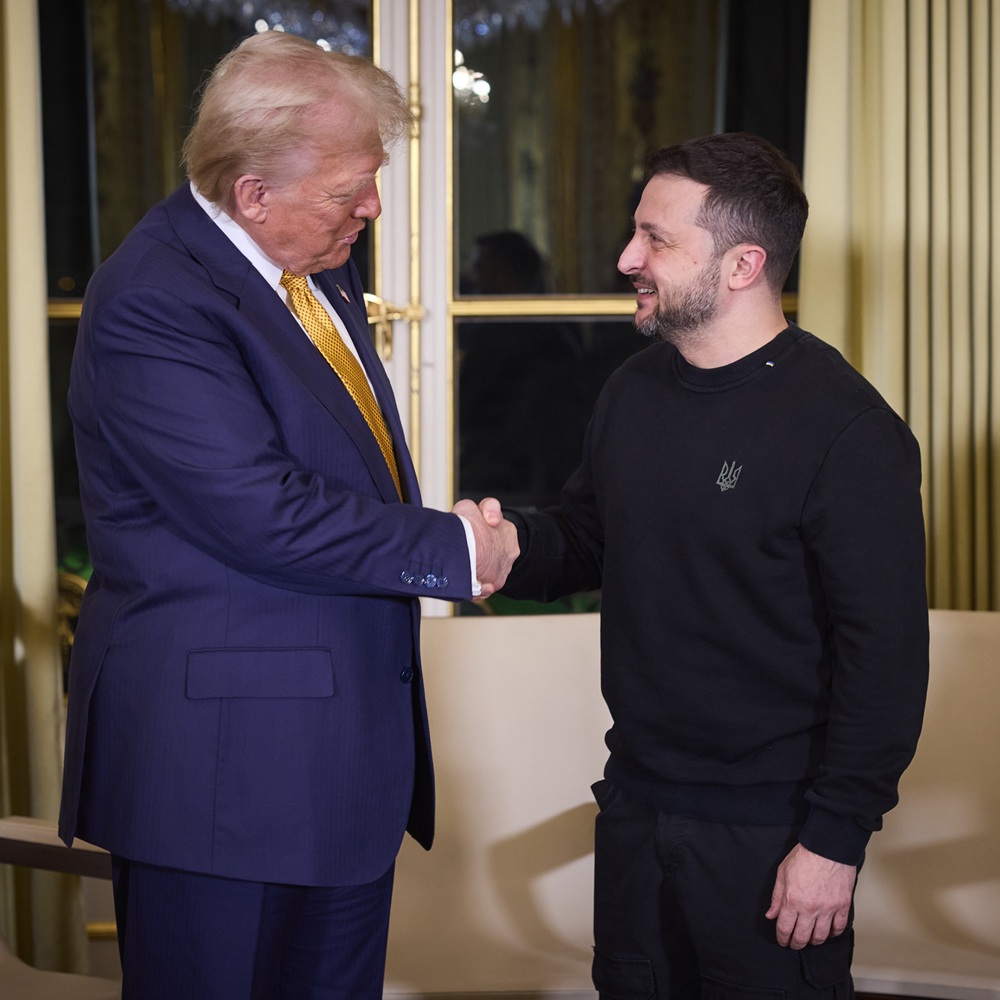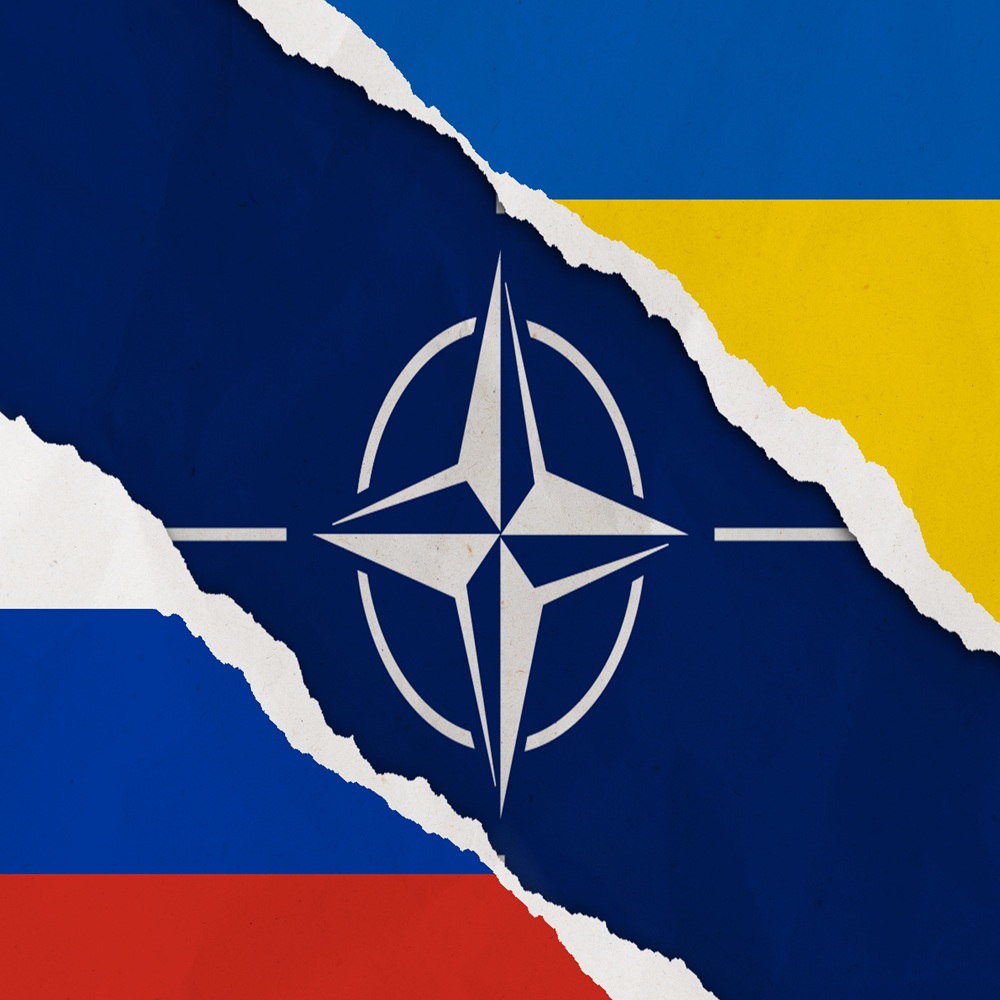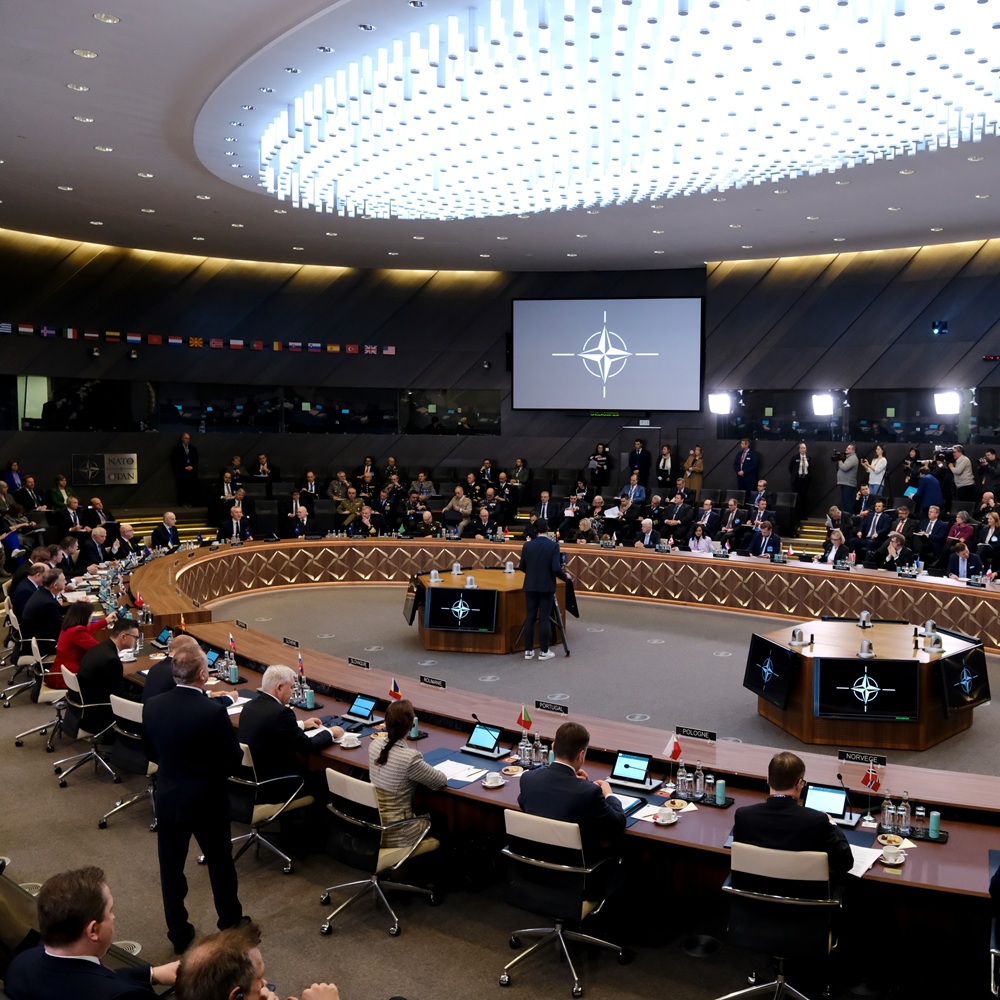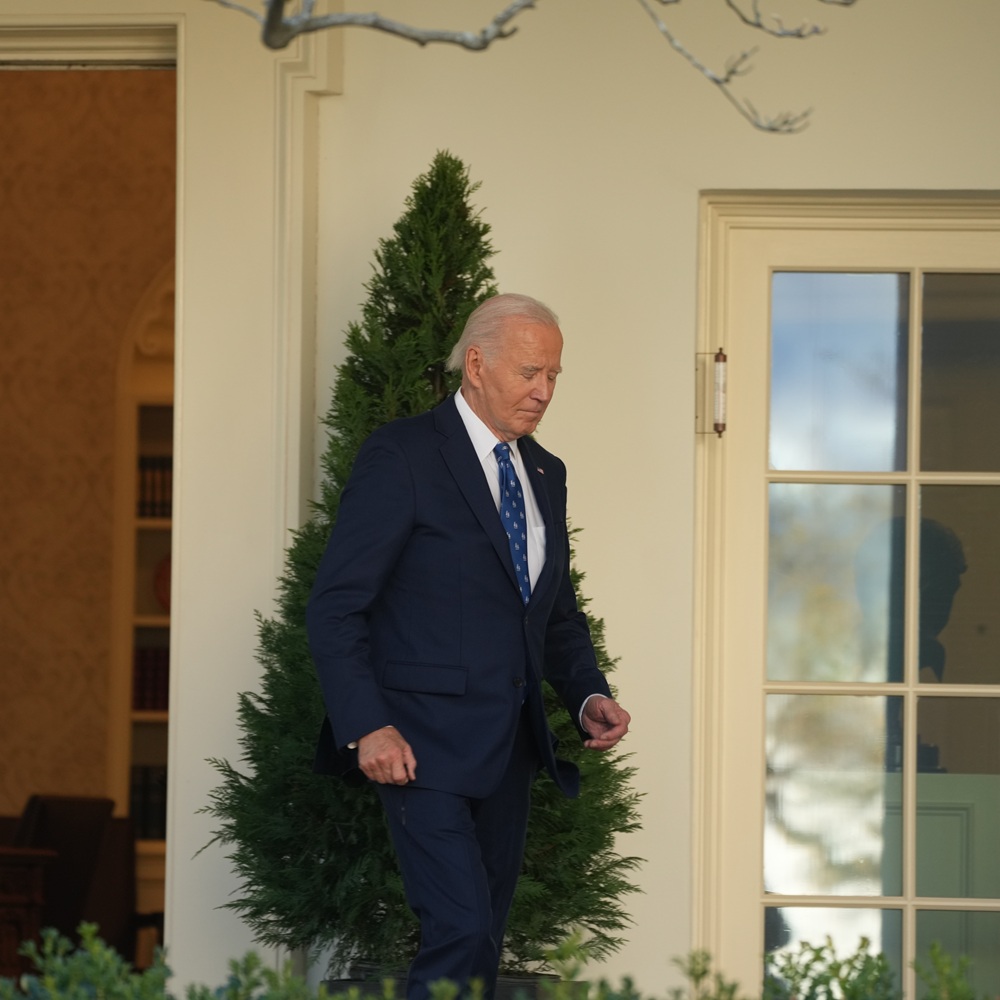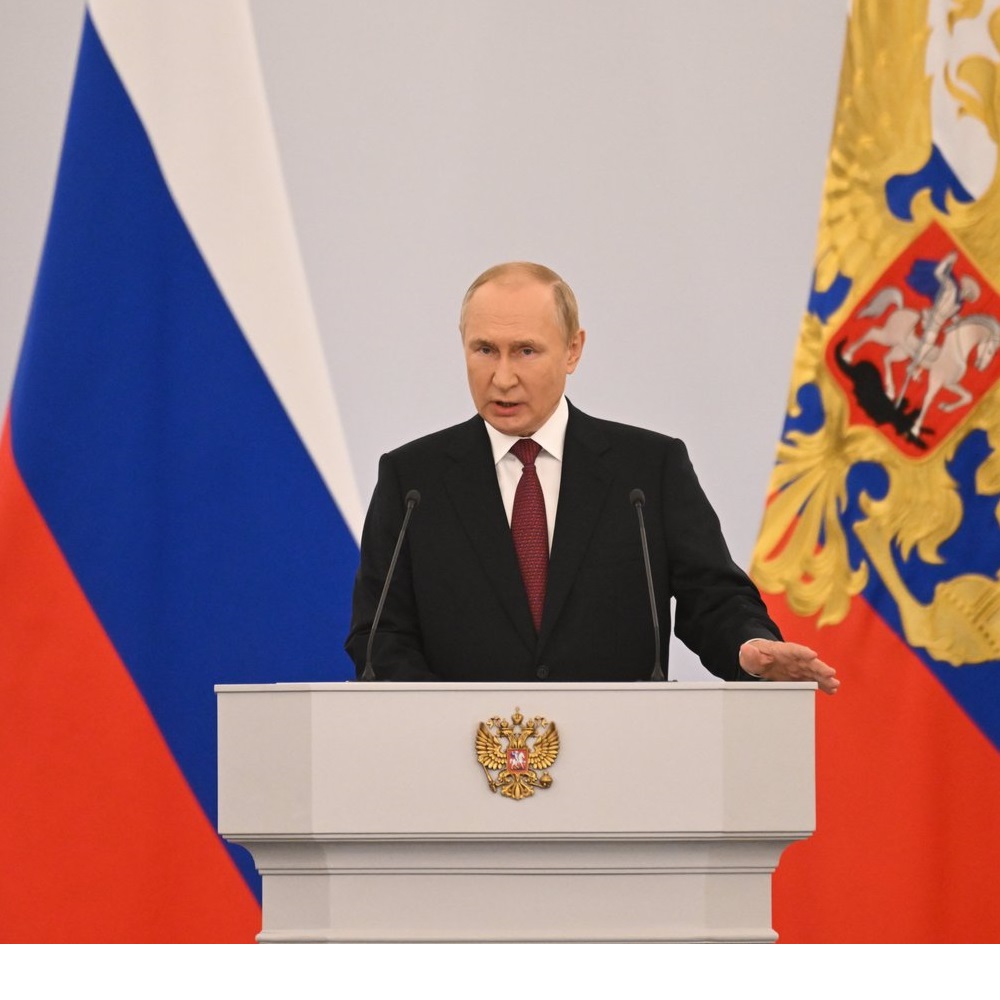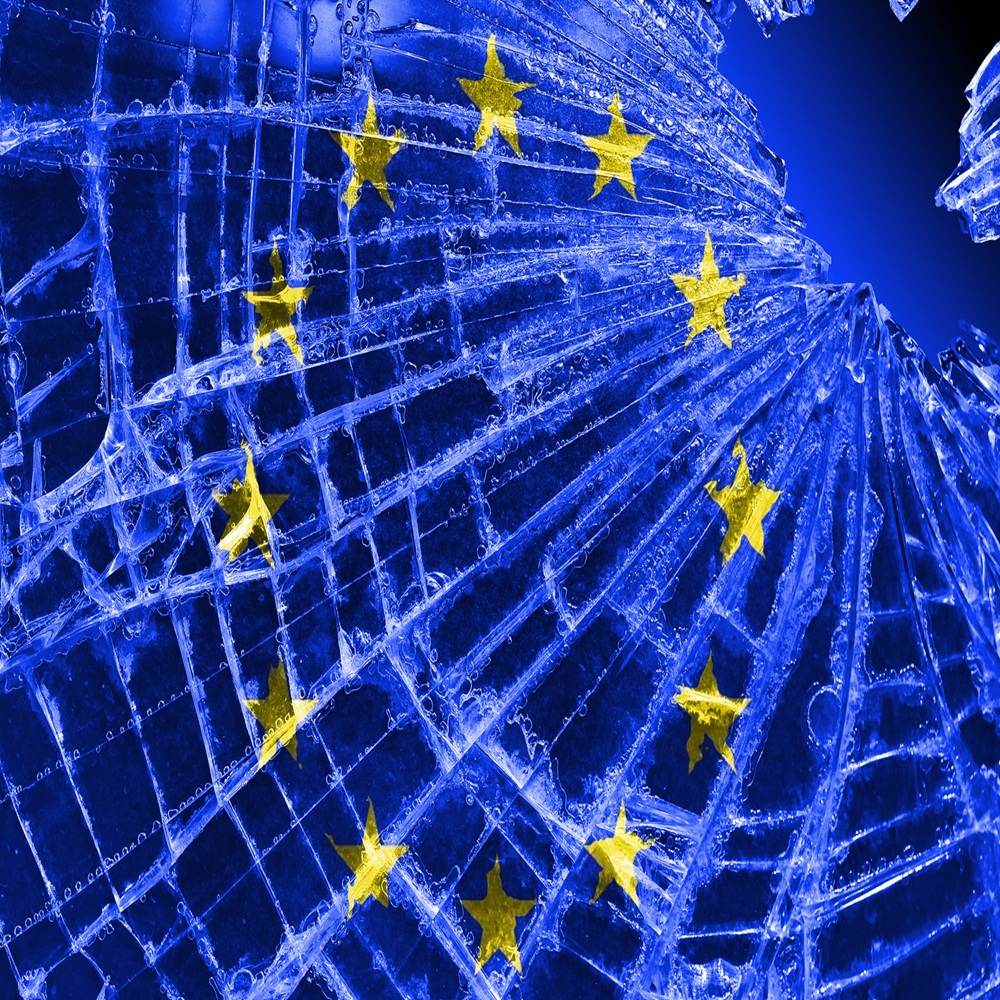
Will the EU even survive? Vital external and internal challenges ahead of the EU in the newly emerging world order.
by Krzysztof Sliwinski
한국어로 읽기 Leer en español In Deutsch lesen Gap اقرأ بالعربية Lire en français Читать на русском Abstract This departs from an assumption that the EU is an outstanding example of liberal institutionalism. It has been very successful in providing lasting peace for Europeans who are now facing a series of existential challenges.The central hypothesis of this paper is that if these challenges are not addressed effectively, the EU may not survive in the long term.The first part of the analysis explores five external challenges that affected the macroeconomic and political environments of the EU in the third decade of the 21st century.The second part of the analysis signals five internal and more profound challenges the EU must face if it wants to continue in any viable form.The author concludes that the future of the world order and, by extension, the environment of the EU will most likely be decided by three great powers: the US, China, and Russia. Keywords: EU, Great Powers, World Order, US, China, Russia Introduction 2024 is exactly 20 years since the so-called ‘Big Bang enlargement’, which is why the author of this paper takes the liberty of looking at the future of the European Union (EU). The EU is, according to voluminous literature, the best working example of Liberal Institutionalism, which at its very core is about prescribing peace and security. Yet, the EU project seems derailed in the last few years and is becoming increasingly dysfunctional. This lack of internal cohesion is arguably based on several political phenomena: overregulation, ideologisation, and bureaucratisation being the proverbial tip of the iceberg. This paper examines the EU's economic and political environment and then lists five most pressing challenges it must face to survive as an institution. British citizens have already shown the first ‘red card.’ Core external challenges - the macroeconomic and political environments To say that the contemporary world is complex is to state an obvious truism. However, five phenomena should be outlined here as significant variables regarding the EU’s environment. Firstly and most fundamentally, the changes in the international political economy and corresponding structural changes that undermine states’ positions. What we are witnessing is the emergence of non less than the New World Order, which not only challenges the so-called traditional great powers by shifting the centre of gravity to the East but, perhaps most importantly, challenges the position of state actors as ‘shakers and movers’ of the international system. The Great Reset and the Fourth Industrial Revolution are phenomenal examples of the challenges ahead. Secondly, the ongoing war in Ukraine. Apart from obvious regional European relevance, it should also be analysed globally. Russian invasion threatens principles of sovereignty and territorial integrity. If allowed and left unchecked, it encourages other acts of aggression, and in doing so, it confirms a worrying trend according to which the so-called great powers stand above international law. The war draws attention to Ukraine's strategic importance as a large European country. In that sense, the outcome of the conflict will shape the balance of power on the continent. It tests the Western alliance and its response to such challenges. Moreover, it bears global economic consequences—Ukraine & Russia are significant exporters of grain, energy, and raw materials. Prolonged conflict involving these two risks, long-term inflation and food/fuel shortages abroad, is equivalent to the global spread of instability. The Ukrainian-Russian conflict bears an uncanny resemblance to a proxy war between the East and the West competition. An argument could be made that it can be seen as a battle between democracy and authoritarianism, where Russia’s victory strengthens authoritarianism abroad. Finally, let us not forget the nuclear aspects of the conflict. A risk of direct Western involvement would raise the threat of nuclear escalation. The outcome could influence nonproliferation norms for security assurance. Thirdly, and partly as a response to the above two phenomena, there comes the question of German leadership/vision of the future of the EU. The vision of the current German cabinet was elaborated on August 24, 2022, by Chancellor Olaf Scholz at Charles University in Prague. It paints a broad picture of the future of the EU at the beginning of the 3rd decade of the 21st century against the backdrop of the Russian invasion of Ukraine. Two stand out among the four ‘revolutionary’ ideas mentioned by Scholz. Firstly, given the further enlargement of the European Union for up to 36 states, a transition is urged to majority voting in Common Foreign and Security Policy. Secondly, regarding European sovereignty, the German Chancellor asserts that Europeans grow more autonomous in all fields, assume greater responsibility for their security, work more closely together, and stand yet more united to defend their values and interests worldwide. In practical terms, Scholz indicates the need for one command and control structure for European defence efforts.[1] Fourthly, and again in significant part as a response to the first two phenomena, we are witnessing unprecedented resistance among large sections of European societies. In particular, the now openly verbalised and physically demonstrated dissatisfaction mainly, but not exclusively by the farmers, to the seemingly inevitable plan for the green transition as heralded by the ‘Fit-for-55’. It is a set of proposals to revise and update EU legislation to achieve a target of reducing net greenhouse gas emissions by at least 55% by 2030 [2]. This ambitious initiative includes actions in fourteen areas, from the reform of the EU’s emissions trading system through reducing emissions from transport, buildings, agriculture, and waste to regulation on methane emissions reduction. Effectively, this means that EU farmers will have to accept an unprecedented and unequal burden. On top of that, there is a question of Ukrainian farming products that enter the European market in equally unprecedented quantities. This prompts many farmers to demonstrate their objections towards their governments and the European Commission by blocking capital cities and transportation arteries across the block. The protests are massive in their character, with thousands upon thousands across most EU member states. Political elites in Europe probably had not expected this and possibly have not experienced such a level of dissatisfaction and resistance towards their policies since the creation of the European Union. Farmers have been aided by other professional groups, from truckers to taxi drivers and even ordinary citizens. Notably, the protests are a bottom-up initiative, though they have also drawn the attention of right-wing parties.[3] Last but not least, there is the question of massive immigration to the EU from outside Europe and consequent challenges to social cohesion in countries such as Germany, France, Italy, and Belgium. As of the writing of this paper (2025), more and more members of the societies of Western EU countries challenge the official narrative of their governments based on the assumption that massive immigration is primarily positive for the economies and that large numbers of non-Europeans pose no threat to the quality of life and security of ordinary citizens (the phenomenon referred to earlier by the author of this paper as ‘a-securitisation’ – Sliwinski, 2016).[4] Worse still, the differences between ‘old’ and ‘new’ members of the EU, namely Hungary under Victor Orban, pose a formidable challenge to the immigration policy of the entire EU and, consequently, the future of the EU's integrity. It is not unimaginable at this stage to fathom a day when Hungary, like Britain before, decides to leave the EU,[5] pressured by Brussels and Berlin to accept thousands of immigrants from the Middle East or Africa. Slovakia could follow suit. Core internal challenges – the weakness from within Many of these problems were accidentally quite openly expressed by J. D. Vance, US Vice President, during his speech at the latest Munich Security Conference (February 14th, 2025). Vance did not spare strong criticism directed at European elites and, in a typical ‘American fashion’, called a spade a spade. His criticism of the EU included six general points: retreat from democratic values, censorship and limitations on the freedom of speech, limitations of religious liberties, lack of election integrity, uncontrolled mass migration, and the general unwillingness of the political elites to engage with views other than those of the left and even tendency to suppress dissent.[6] - Centralisation (Federalisation) Today, the EU continues to centralise, particularly in response to challenges like the economic crisis COVID-19, taking on more fiscal policy, health, and security responsibilities. This trend is evident in recent proposals, such as the European Commission’s role in determining budgetary paths, but it faces resistance from member states concerned about losing sovereignty. Historically, the EU has been moving to a federation through recent treaty revisions: The Treaty of Maastricht (1992) to the Treaty of Lisbon (2007). According to Alberto Mingardi from the GIS, there is a so-called ‘creeping power grab’ phenomenon. “It assumes that Brussels should become more powerful while Rome, Berlin and Paris less so. [...] europhiles tend to look for opportunities that might allow them to give carte blanche to Brussels, albeit beginning with apparently limited endeavours. Hence, the EU is supposed to grow through crises, and thanks to crises, whatever the problem or issue, it could foster a slice of national sovereignty that can be cut and brought up to a higher level. Behind this, there is an overarching belief in the higher efficiency of centralisation, which is perhaps the true landmark of modern politics. Politicians trust themselves more than the taxpayers; they seek a single control room, and the more it controls, the better. This approach fits well with a protectionist outlook of economics, which sees Europe (‘fortress Europe’, as some say) as one trading bloc set to countervail others (the US, China).”[7] The centralisation (federalisation) logic rests heavily on the arguments presented by legalism. On the one hand, it derives from the strict and literal reading of regulations. On the other, it implies that no sphere of life should be left unregulated. Consequently, overregulation has become a characteristic feature of the European Union.[8] Additionally, the overregulation leads to the often cited democratic deficit,[9] exemplified by the fact that the majority of European legislation that EU member states are obliged to follow is proposed by nonelected technocrats working for the European Commission. - Demographic Decline and Social Welfare An ageing population and falling birth rates threaten the EU’s long-term economic stability and social welfare systems. With a shrinking workforce, funding pensions, healthcare, and social services is increasingly difficult, particularly in weaker economies. This demographic shift also amplifies labour shortages, prompting debates over immigration as a solution—yet one that risks further political backlash as it will inevitably affect European identity. According to available data, Europe is the only continent projected to experience population decline until 2070, with the EU's working-age population (20–64 years) expected to decrease by around 20%. Concurrently, the share of older individuals (65 years or older) will be the second highest globally among large economies. This demographic shift poses significant challenges, potentially undermining the EU's economic and social model, exacerbating existing disparities, and creating political divisions among Member States if not adequately addressed.[10] According to Eurostat, The natural population change (difference between live births and deaths) has been negative since 2012. This is primarily due to the ageing population described in this publication and the COVID-19 pandemic in 2020-2022.[11] - Economic Competitiveness and Growth After the so-called Big Bang Enlargement, all available data suggests that the gap between the EU and the US with regards to GDP output has been steadily growing, that is to say, that the US economy, which recently has been experiencing huge problems, still has been developing faster than the EU.[12] Contemporary the EU is grappling with stagnating economic growth and a loss of competitiveness compared to global powers like the United States and China. High regulatory burdens, internal market fragmentation, and insufficient investment in innovation and technology hinder its ability to keep pace. The growing threat of US tariffs under a second Trump administration will only likely exacerbate these issues, disrupting supply chains and increasing costs. Additionally, the EU’s energy dependence—highlighted by the shift away from Russian gas after the Ukraine invasion—has driven up costs, further straining industries and economies, particularly in countries like Germany.[13] - Weakness as an international actor Russia’s ongoing war in Ukraine continues to pose a significant security challenge. The conflict has exposed the EU’s reliance on NATO and the US for defence while increasing pressure to bolster its own military capabilities—sometimes referred to as a ‘European Defence Union’. Tensions with China, particularly over trade and technology, and uncertainty about US commitment to transatlantic alliances add to the geopolitical strain. The EU must also address hybrid threats (e.g., cyberattacks, disinformation) targeting critical sectors like energy, transport, and digital infrastructure. In light of this, Americans are already calling for much more input from the European members of NATO regarding their defence budgets (5% of GDP).[14] This will most likely reinvigorate calls for creating a European Army,[15] which no doubt will be dominated by Germany and France. German domination will be met with considerable unease by some Central and Eastern European Countries (members of the EU). At the same time as the recent meeting, Ryiad shows the US is not even treating the EU as a partner worthy of a place at the negotiating table.[16]When pressed by the likes of Trump and charged with not sharing a fair part of their own security costs, European political leaders invoke the notion of Europe as a normative power. Supposedly, though weak militarily, the EU and its members are a beacon of values such as peace, freedom, democracy, the rule of law and human rights. In his seminal publications, Iaan Manners, argued that the EU's unique historical context, hybrid political structure, and legal constitution enable it to promote norms that go beyond state-centric concerns, particularly in areas such as human rights and the abolition of the death penalty. Manners claims that the EU's ability to define what is considered 'normal' in world politics is a significant aspect of its power, and this normative approach is crucial for understanding the EU's role in shaping international relations.[17] As nice as it sounds, it does not seem to bear much weight in the practice of international security in recent decades. It is the EU, in fact, as an institution and the political leadership of France, Germany, and the European Commissioner, who stand accused now of contradicting all of the above-mentioned values. The latest visit by President of the European Commission Ursula von der Leyen to Kiev, and her strong support for the continuation of war against Russia is a case in point.[18] - Ideologisation 'Europeanism' has become an ideology shared among intellectual, political, judicatory, societal, and even dominant economic elites that influence or shape the European Union as an institution and its major policies. As an ideology, 'Europeanism' is a somewhat exotic mixture of various seemingly incoherent trends that give the current European Union its intriguing characteristics. On the one hand, economically, one can easily identify numerous elements of neoliberalism, especially regarding the financial aspects of European integration. Likewise, arguments used by the major proponents of European integration vis-à-vis the USA, China, or Japan are of neoliberal character. At the same time, regarding international trade in agricultural products, intellectual property, or internal (single market) competition (freedom of labour), one quickly spots distinct elements of protectionism and overregulation. Finally, regarding philosophical outlook and especially moral issues, 'Europeanism' seems to focus mainly on the progressive agenda and a particular ‘obsession’ with climate change revocation. Conclusion As the Munich Security Conference confirmed, EU political elites are way out of touch with reality and a rapidly changing world. Their proverbial Europocentrism is based on, among others, self-precepted moral high grounds, a history of economic and political domination and exploitation, and an undiscerning belief in bureaucratic, if not technocratic, policy-making and regulation of every sphere of life and institutionalism. Their weakness is probably most accurately depicted by the reaction of the Chairman of the Munich Security Conference, Christoph Heusgen, who broke down during his closing remarks, unable to finish his speech.[19] He was patted on the back and given a hug. (This reaction must have undoubtedly caused bewilderment, if not pity, in Washinton, Beijing, and Moscow.) The original integration goals have little to do with today’s Eureaucrats’ obsessions with saving the planet or pushing for Diversity, Equality, and Inclusivity (DEI). With the election of Donald Trump, the world of the ‘Davos Men’ seems to be stalled. Interestingly, the EU is now one of the last standing actors to represent the ideology of globalism, with its tenets based on neoliberalism - unlimited free trade and the capturing role of international transnational companies. The rest of the world, including the US, seems to be moving in the opposite direction – the world driven by state actors. The world order, therefore, is likely to be directed by strong and nationally based governments from no, possibly the US, China and Russia – a ‘Concert of Powers’ of sorts. References ________________________________________[1] The Federal Government (2022) Speech By Federal Chancellor Olaf Scholz at The Charles University In Prague On Monday, August 29 2022. Available at: https://www.bundesregierung.de/breg-en/news/scholz-speech-prague-charles-university-2080752[2] “Fit for 55”, European Council. Council of the European Union. European Green Deal. https://www.consilium.europa.eu/en/policies/green-deal/fit-for-55-the-eu-plan-for-a-green-transition/[3] Tanno, Sophie and Liakos, Chris. “Farmers’ protests have erupted across Europe. Here’s why.” CNN, World, Europe. Last modified February 10, 2024. https://edition.cnn.com/2024/02/03/europe/europe-farmers-protests-explainer-intl/index.html[4] Sliwinski, Krzysztof. “‘A-Securitization’ of Immigration Policy - the Case of European Union.” Asia–Pacific Journal of EU Studies 14, no. 1: 25 -56.[5] Körömi, Csongor. “Hungary reveals plan to send asylum-seekers to Brussels.” Politico August 22. Available at: https://www.politico.eu/article/hungary-asylum-plan-brussels-migration-refugees-gergely-gulyas/[6] Pangambam, S. “Full Transcript: VP JD Vance. Remarks at the Munich Security Conference”. The SIngju Post. https://singjupost.com/full-transcript-vp-jd-vance-remarks-at-the-munich-security-conference/?singlepage=1[7] Mingardi, Alberto, “The EU’s future: Like Switzerland or more like Italy?”GIS, May 20, 2022. https://www.gisreportsonline.com/r/eu-future/ see also: Dunleavy, P., and G. Kirchgässner. “Explaining the Centralization of the European Union: A Public Choice Analysis.” Edited by P. Moser, G. Schneider, and G. Kirchgässner. Decision Rules in the European Union, 2000. https://doi.org/10.1007/978-1-349-62792-9_7.[8] Van Malleghem, Pieter-Augustijn. “Legalism and the European Union’s Rule of Law Crisis.” European Law Open 3, no. 1 (2024): 50–89. https://doi.org/10.1017/elo.2024.5.[9] Neuhold, C. Democratic Deficit in the European Union, 2020. https://doi.org/10.1093/ACREFORE/9780190228637.013.1141.[10] Zalai, Csaba. “Too Little Too Late?” Európai Tükör 27, no. 1 (December 13, 2024): 169–93. https://doi.org/10.32559/et.2024.1.9.[11] See more at: https://ec.europa.eu/eurostat/web/interactive-publications/demography-2024#population-change[12] See more at: https://www.macrotrends.net/global-metrics/countries/wld/world/gdp-gross-domestic-product[13] See more at: https://www.eiu.com/n/campaigns/global-outlook-2025-the-impact-of-a-new-US-presidency?utm_campaign=MA00001133&utm_medium=paid-search&utm_source=eiu-google&utm_content=&gad_source=1&gclid=Cj0KCQiA8fW9BhC8ARIsACwHqYqwk_M8I--YkZ_fiDS6leiOiRLjPXlG63SHjKwQZgP2kaovx_sc4qIaAkGYEALw_wcB[14] See more at: https://www.euractiv.com/section/politics/news/trump-says-nato-members-should-spend-5-of-gdp-on-defence/ and https://www.politico.eu/article/donald-trump-tells-allies-spend-5-percent-gdp-defense-nato/[15] See more at: https://www.bbc.com/news/articles/cvgl27x74wpo[16] See more at: https://www.cbsnews.com/news/us-russia-meeting-improving-relations-ukraine-war/[17] Manners, Ian. "Normative Power Europe: A Contradiction in Terms?" Journal of Common Market Studies 40, no. 2 (2002): 235–58. Oxford: Blackwell Publishers Ltd.[18] See more at: https://www.euronews.com/my-europe/2025/02/24/ursula-von-der-leyen-arrives-in-kyiv-with-35-billion-in-fresh-aid-for-weapons[19] https://www.youtube.com/watch?v=BhNy0u5-ijY









